From bicycle highways to a ban on the cul-de-sac, the built environment is the focus of many of The New York Times Magazine's ideas of the year.
"
From bicycle highways to a ban on the cul-de-sac, the built environment is the focus of many of The New York Times Magazine's ideas of the year.
 The owner had a severe lack of storage for household items, as well as no display options for objects collected from his worldwide travels. The large bookshelf serves as both an art piece in itself and a functional storage/display system.
The owner had a severe lack of storage for household items, as well as no display options for objects collected from his worldwide travels. The large bookshelf serves as both an art piece in itself and a functional storage/display system. An organic curving surface was created in Rhino that stretched from floor to ceiling and overhead, terminating at the existing bulkhead. 17 sheets of 3/4' birch plywood were then CNC milled to notch together and form the undulating, gridded mass.
An organic curving surface was created in Rhino that stretched from floor to ceiling and overhead, terminating at the existing bulkhead. 17 sheets of 3/4' birch plywood were then CNC milled to notch together and form the undulating, gridded mass.


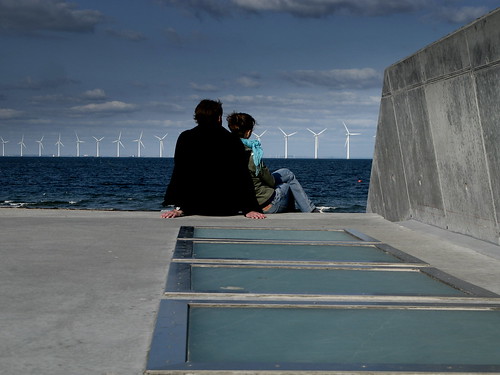
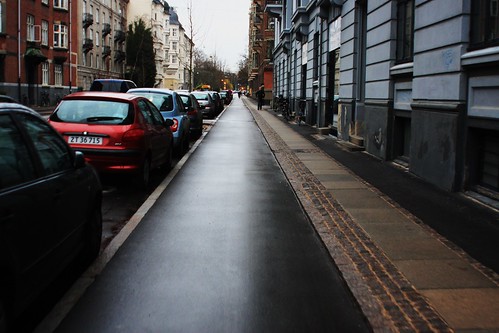

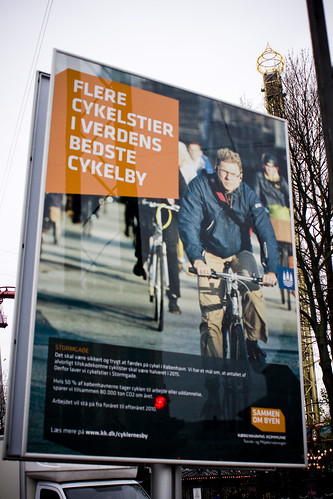
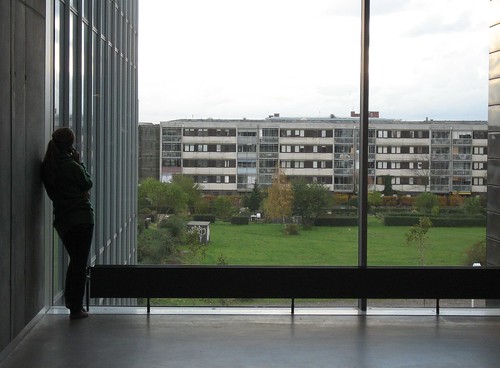

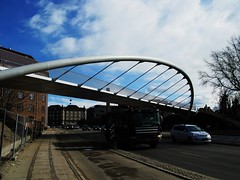





 Greek design firm decaARCHITECTURE has won the Piranesi Award with their Aloni House in Antiparos, Greece. The house fills the void between two retaining walls that bridge a 'saddle' between adjacent hills. The landscape of the hill flows cleanly over the house, blending in seamlessly. Four courtyards bring light into the living spaces.
Greek design firm decaARCHITECTURE has won the Piranesi Award with their Aloni House in Antiparos, Greece. The house fills the void between two retaining walls that bridge a 'saddle' between adjacent hills. The landscape of the hill flows cleanly over the house, blending in seamlessly. Four courtyards bring light into the living spaces.



That's the trick architect Gregory Henriquez is trying to pull off in a rundown section of Vancouver, in one of the biggest redevelopment projects the city has seen yet.
Le Corbusier's influence as an architect has spanned generations. Theodore Dalrymple argues he is more appropriately classified as a totalitarian.

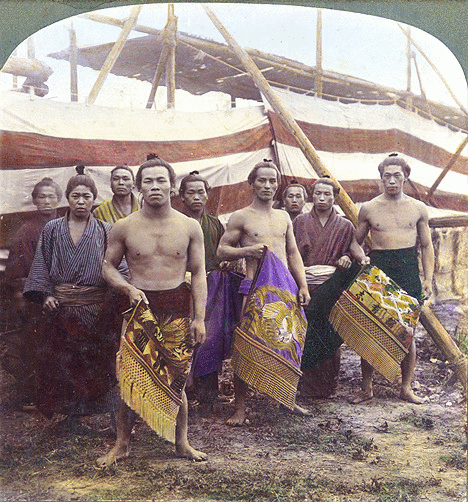
[Whoops! Double-WU Jeopardy: Also See: This Just Published]
The opportunity to catch a glimpse at life in a long-ago era in 3D is rare indeed, but thanks to the stereoviews taken by photographer T. Enami, Meiji Japan in the early 1900s momentarily appears vivid and immediate. Enami was Japan’s most prolific stereo-photographer, and his stereoviews have appeared in National Geographic Magazine and many books.
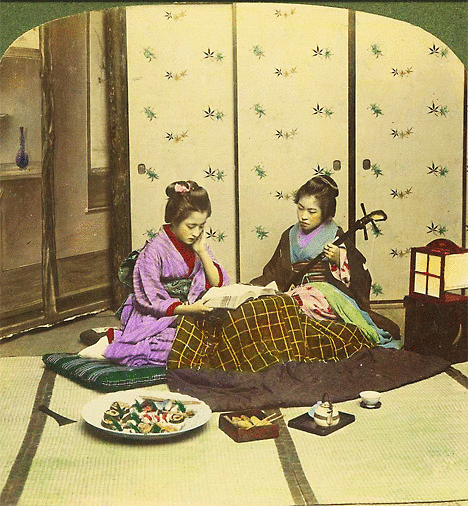
Each pair of images captured by Enami, ranging from landscapes and sedate scenes of country life to humorous photographs of beefy men bathing nude, has been assembled in a Flickr gallery by Okinawa Soba and transformed into animated GIFs by Pink Tentacle.
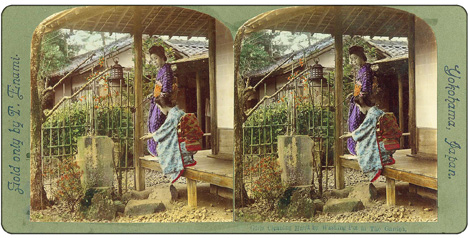
In traditional stereoscopic photography, a three-dimensional illusion is created from a pair of 2-D photographs that represent two slightly different perspectives of the same object or scene. The deviation between the two photographs is similar to the perspectives that both eyes naturally receive in binocular vision.
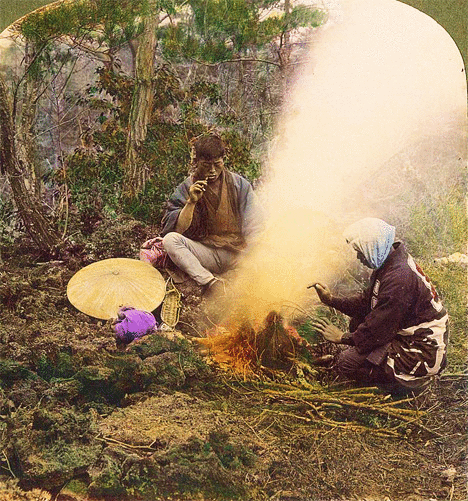
Such images are normally viewed in 3-D using a stereoscope, but ‘freeviewing’ is also possible, with a process that involves putting one’s eyes directly over the images and slowly backing away while focusing on the single merged, out-of-focus picture that appears.
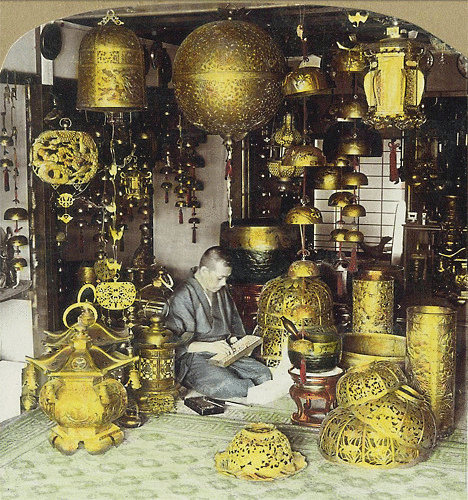
Enami was an enigmatic figure for many decades after his death, but information provided by his descendents in 2006 helped bring together a stunning collection of work. The online archive of his photographs represents only a small fraction of his remarkable legacy.
Some of the most amazing photography doesn't use a camera at all. These incredible images were produced using ancient methods - no lenses required. Click Here to See More



The [August 1950] Mitsukoshi show also included a chair with a woven-bamboo seat backrest. Noguchi designed this piece for export, with the bamboo elements — produced in the same way as traditional fish baskets — to be fabricated in Japan and shipped to the United States. There they would be attached to bent-metal frames, manufactured in America. The chair remained a unique prototype, but the next year Noguchi was able to realize his ambition of encouraging local production through the export of modern design.
– Bruce Altshuler. Noguchi. Abbeville Modern Masters. New York: Abbeville , 1994, p. 58

It was on his way to Hiroshima to discuss his bridge proposal that Noguchi first visited the town of Gifu, known for its manufacture of umbrellas and lanterns from mulberry-bark paper. Having heard of his design work, the mayor asked him to create contemporary lamps using the traditional bamboo-and-paper construction. That evening Noguchi sketched his first two Akari (the word means “light as illumination) light sculptures … He viewed each Akari basically as two sculptures, one when light was reflected off it, and another when light was emitted from it.
– Bruce Altshuler. Noguchi. Abbeville Modern Masters. New York: Abbeville , 1994, p. 58

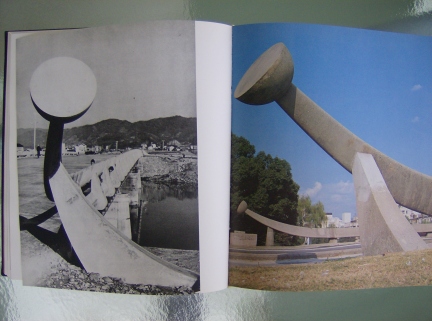


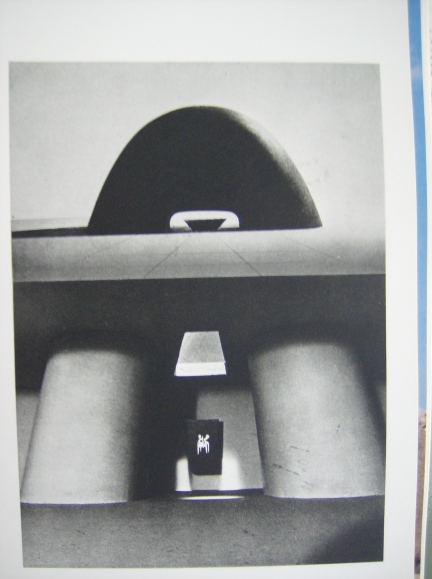
The four photographs above a from Isamu Noguchi. Text by Sam Hunter. New York: Abbeville Press, 1978:

Kenzo Tange, Hiroshima Peace Memorial Museum, Hiroshima, 1952.
Courtesy of Chugoku Shimbun.